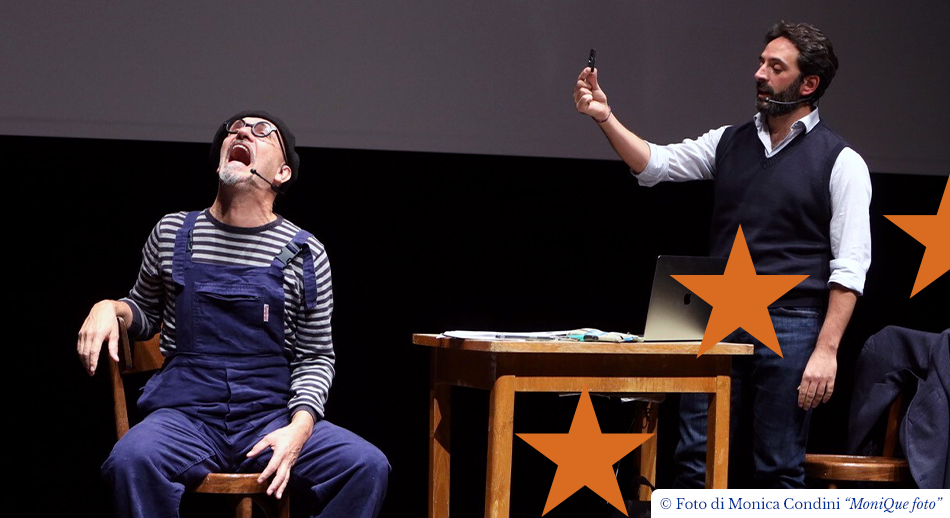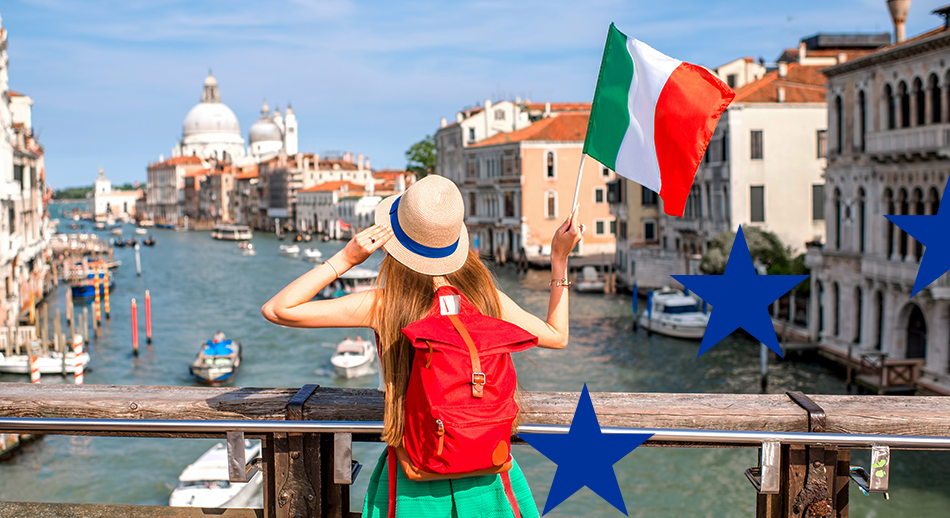Regulations, work program, infodays, first calls: find out everything you need to know about the Creative Europe 2021-2027 program.
Creative Europe, art, culture, audiovisual and media program kicks off
In this news-filled period, we do not miss the most eagerly awaited news for our readers engaged in the cultural and creative sector: the recent launch of the Creative Europe program and all the tools that enable us to understand its scope and plan activity.
The program budget for 2021-2027 is estimated at 2.44 billion euros, up from 1.47 billion in the previous phase. The program aims to strengthen artistic and cultural cooperation, the audiovisual and media sector. Creative Europe is divided into three components:
- Media (for the audiovisual and film sectors)
- Culture (for all other cultural and creative sectors)
- Cross-sectoral (collaboration between creative sectors and media)
The program is managed by the European Education and Culture Executive Agency ( EACEA ). As already mentioned i calls for proposals and related documents are published on the Funding & Tenders .
The program is supported by the Creative Europe desks present in each country (in Italy, in Rome, Bari and Turin), which provide information, facilitate cooperation and help applicants develop their projects.
Also available are a guide for participation in Creative Europe projects (and the other programs managed by the EACEA, focusing on practical aspects and use of the portal) and a database of projects Creative Europe where you can look for inspiration and partners for your own projects.
The Creative Europe program
The Creative Europe regulation provides a broad definition of “cultural and creative sectors,” or the mission of the program, which includes:
- All activities arising from intellectual property that are based on cultural values and artistic and creative expressions, both individual and collective;
- The development, creation, production, dissemination and preservation of goods and services that constitute the expression of such activities.
That is, to provide an indicative and non-exhaustive list, the Creative Europe program covers: architecture, archives, libraries, museums, arts and crafts, audiovisual (film, television, video games and multimedia content), tangible and intangible cultural heritage, design, fashion, festivals, music, literature, performing arts, theater and dance, books and publishing, radio and visual arts.
The program aims to:
- To safeguard, develop and promote European cultural and linguistic diversity and cultural heritage;
- Strengthen the competitiveness and economic potential of the cultural and creative sectors, particularly the audiovisual sector.
More specifically, it is proposed to:
- Enhance artistic and cultural cooperation at the European level;
- Support the creation of European works;
- Strengthen the economic, social and external dimensions of Europe’s cultural and creative sectors;
- support innovation, mobility competitiveness, scalability, cooperation and sustainability in these areas;
- Promote a diverse, independent and pluralistic media environment and media literacy;
- Promote freedom of artistic expression, intercultural dialogue and social inclusion.
The components of Creative Europe
A summary sheet and a more detailed sheet summarize the main features of the Creative Europe program, in its three components. This information can be further explored in this page .
The actions of the Culture component concern:
- support for cultural cooperation projects, networks of professional organizations, platforms for the promotion of European artists and works, and individual mobility actions;
- targeted support for the sectoral needs of various specific sectors (music, books and publishing, cultural heritage, architecture, literature, design, fashion, cultural tourism, etc.);
- prizes and awards (awards for literature, music, architecture and cultural heritage, European capitals of culture and European heritage label).
The actions of the Media component Are divided into:
- 4 thematic aspects: Content (creation and production of high-quality works), Business (entrepreneurial innovation, competitiveness, scalability, and strengthening of the European cultural and creative industry), Target Audience (accessibility and visibility of works), and Policy (discussions, exchanges, policies, studies, reports, and outreach);
- 4 cross-cutting aspects: Cooperation (along the entire EU cultural and creative industry value chain), Talent (to be nurtured and fostered), Digital (full exploitation of digital transformation), and Sustainability (environmental-i.e., greening of the industry, social, gender balance, and diversity).
The actions of the Intersectorial component include:
- Transnational policy cooperation (promotion of program knowledge and support for transferability of results);
- Creative Innovation Workshops (promoting innovative approaches to content creation, access, distribution and promotion in all cultural and creative sectors);
- Media (support for media literacy, quality journalism, media freedom and pluralism).
Creative Europe: work program, calls and infodays
Coupled with the launch of Creative Europe, important tools were made available to learn in depth about the actions and modes of intervention under the program, and to plan accordingly.
First, the 2021 work program defines in detail the framework of priorities for each of the components of Creative Europe, the types of interventions envisaged, criteria and priorities that will be followed in the evaluation of projects, conditions for participation, objectives, expected results, planned actions and funding shares for each individual intervention planned during the year under Creative Europe. Through this very rich and articulate document, it is therefore possible to find out, in general and detailed terms, all that awaits us in this year’s Creative Europe calls.
This was followed by the publication of a series of notices (about 20, due during the summer and fall), in the program’s various areas of intervention. We refer for this to our previous post and to the dedicated page . The variety of available calls fully expresses the wide range of opportunities offered by the Creative Europe program in so many areas of the cultural, digital and creative world, including very specific ones.
Next but not least, an day of information dedicated to the Creative Europe program. The video with all the day’s content (more than 9 hours of speeches) is available on the appropriate page : a unique appointment and in-depth opportunity for all professionals and enthusiasts in the field.
An opportunity not to be missed
With Creative Europe, an important new piece of EU programming for 2021-2027 is added.
There is no shortage of opportunities, and we hope that the Guide will best accompany all stakeholders in the preparation of Creative Europe projects.




